This website uses cookies so that we can provide you with the best user experience possible. Cookie information is stored in your browser and performs functions such as recognising you when you return to our website and helping our team to understand which sections of the website you find most interesting and useful.
Horodenka Territorial Community

The Horodenka urban territorial community is located on the territory of the Kolomyia district, Ivano-Frankivsk region.
The total area of the territory is 61,702.4 hectares
Population: 44,264 people (as of January 1, 2024)
Men: 18,589
Women: 25,675
Children: 5,616
People of retirement age: 10,720
Internally displaced persons: 579
Population of working age: 27,928
The community includes 1 town and 39 rural population centers and has its administrative center in the town of Horodenka.
History
Pokuttya is a historical area in the west of Ukraine, located mainly on the territory of the Ivano-Frankivsk region. This land is famous for its natural beauty, mountainous landscape, and rich history and culture. Horodenka is not just a town, but a real window into the history and culture of Pokuttia.
The oldest traces of life on the territory of Horodenka area belong to the late Paleolithic (Stone Age, 40-25 thousand years BC).
We can talk about the existence of a place called Horodenka more specifically only starting from the 15th century. Professor Petro Siredzhuk from Lviv found the first written mention of Horodenka of 1521 in the book “Entries, agreements, reports and decrees of the Halytsky Hrodsky Court”.
The town of Horodenka received Magdeburg rights in 1668 from King Jan Casimir. At that time, the town was part of the Rus Voivodeship with its center in Lviv and belonged to the Kolomyia Starostvo. The granting of self-government to Horodenka created favorable conditions for the development of crafts and trade. Fairs were held in the town twice a year. Trade was mainly carried out by Poles and Armenians, who began to settle en masse in the town from the beginning of the 17th century. Until the first half of the 18th century, Armenians held almost all trade in their hands.
The town developed especially intensively during Count Mykola Pototsky’s stay there. It was with his funds that one of Ukraine’s most beautiful churches – the Church of the Immaculate Conception of the Virgin Mary (1743-1760) was built and a three-arch bridge over the Yamhoriv River (“Three Bridges”) was constructed in Horodenka.
Owing to the idea of building a majestic temple in Horodenka, the outstanding architect Bernard Meretyn arrived at Halychyna at the invitation of patron Pototsky. A little later he built the Cathedral of St. George in Lviv, the Town Hall, the Church of the Assumption and the Church of the Intercession in Buchach, the Church of the Assumption in Horodenka, the Church in Hodovytsia in the Lviv region, and several tenement houses on Rynok Square in Lviv.
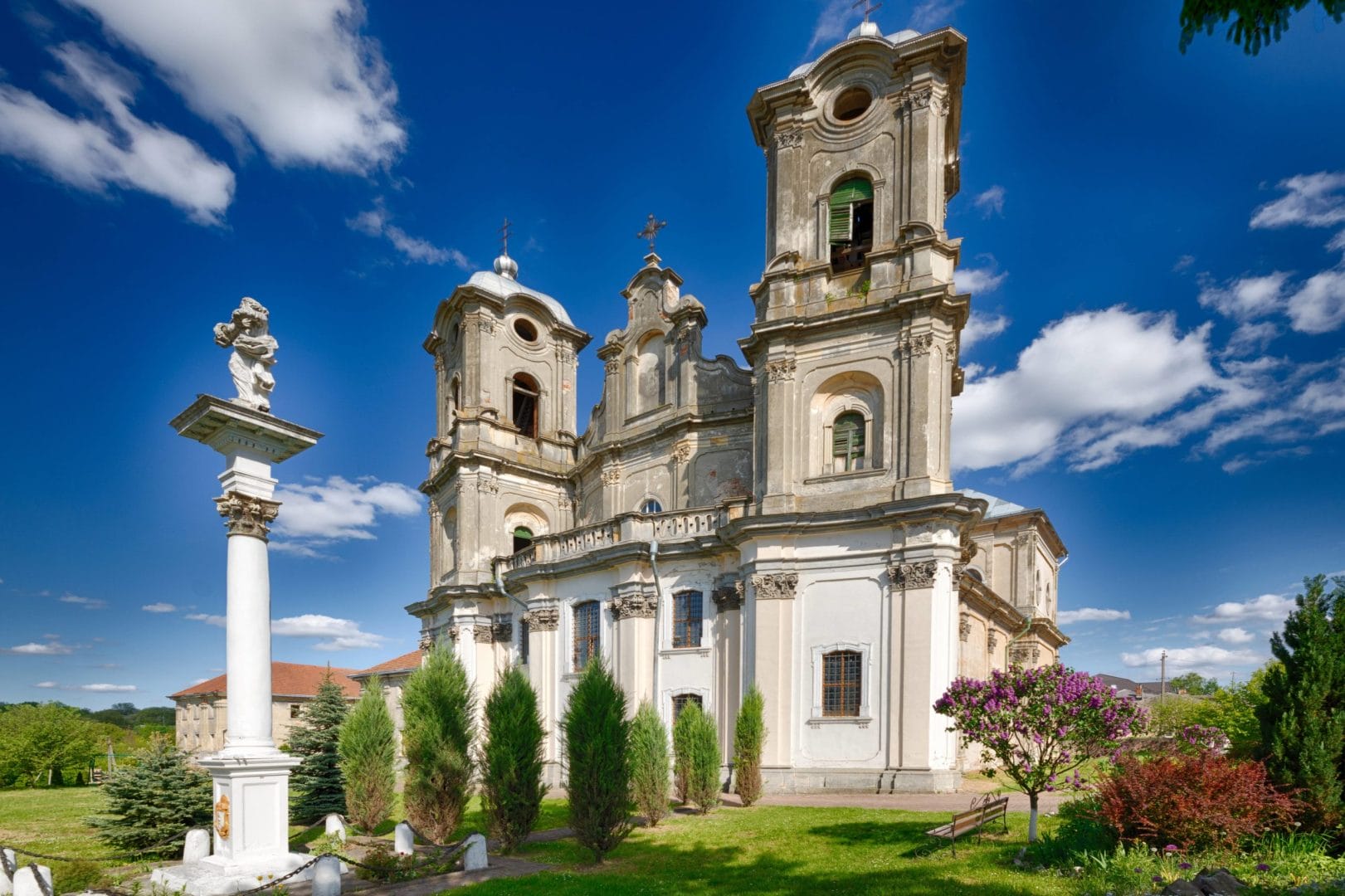

In 1772, after the first division of the Polish-Lithuanian Commonwealth, the Horodenka area, as part of Galicia, passed to Austria. Later, a railway was laid through the town, a Ukrainian gymnasium was constructed, and the societies “Prosvita” and “Sokil” were established here.
During the First World War, the town was under occupation several times and large Jewish pogroms took place here. The town’s population decreased threefold during the Second World War with the Jews of Horodenka being affected especially – they were almost all exterminated.
From 1946 to June 2020, the town of Horodenka was the administrative center of the Horodenka district.
The community has the Church of the Immaculate Conception of the Virgin Mary and the monastery residence, built in the 1750s according to the design project by architect Bernard Meretyn. The missionary monastery was founded in 1754 by Count Mykola Pototsky. The church is still functioning now and is gradually being restored with the funds of projects and patrons.


The Armenian church is considered the first masonry stone temple of Horodenka.
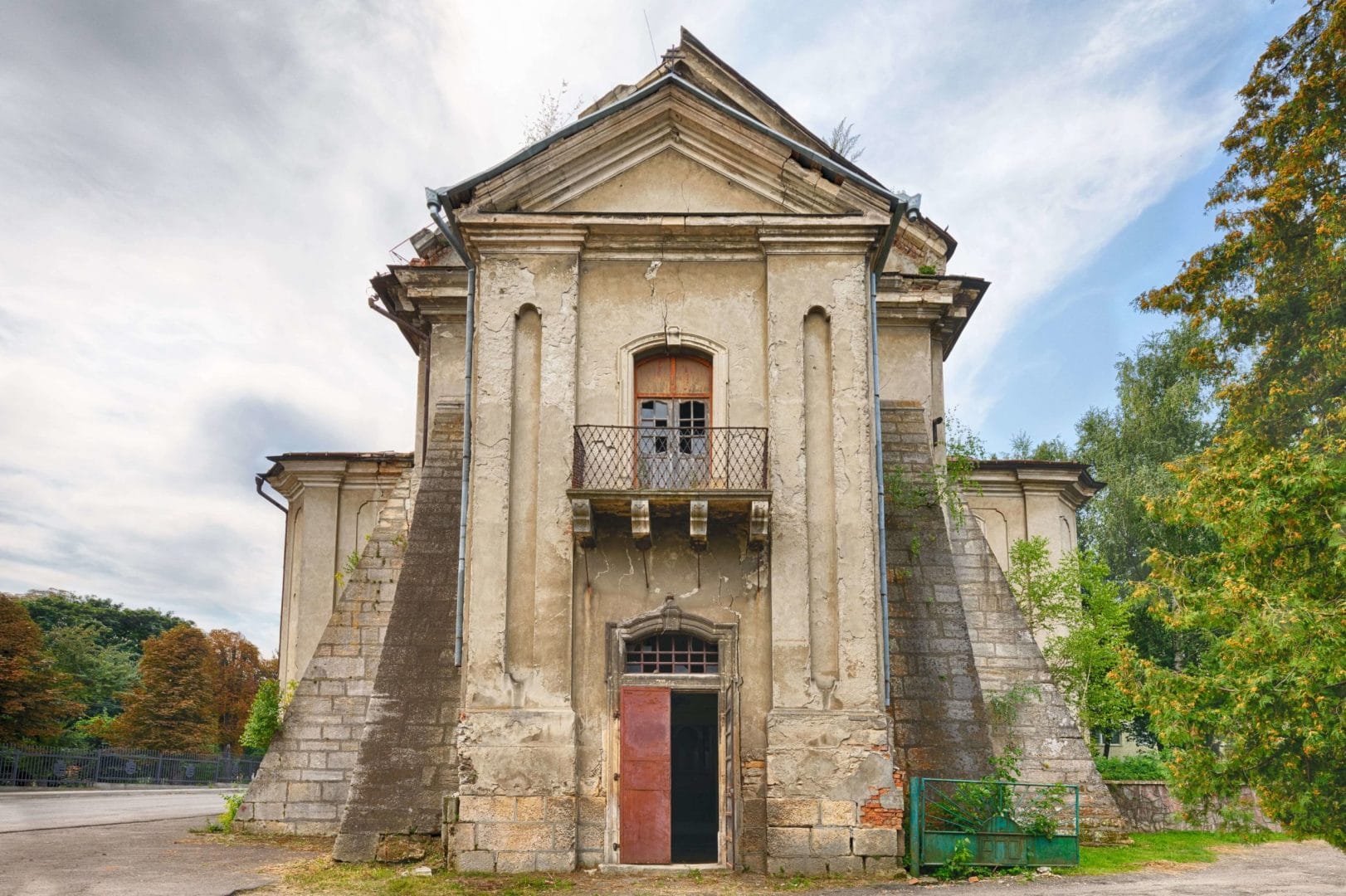

The Church of the Assumption of the Blessed Virgin Mary was built for the Ukrainian Greek-Catholic community in 1763 also at the expense of the founder Count Mykola Pototsky. According to legend, the temple was founded to atone for the sin of killing a young girl.
The iconostasis of the church is quite similar to the iconostasis in St. George’s Cathedral in Lviv. Due to the similarity, it can be assumed that they belong to the authorship of the genius of Ukrainian sculpture – Johann Georg Pinsel. There is a balcony above the entrance door to the temple. The architecture of the temple does not correspond to the traditions of Ukrainian Orthodox churches, but it is beautiful, solemn and steep. There is an arched belfry near the entrance to the temple courtyard.

The “Pokuttia” Museum of Local History consists of 7 exhibition halls which house more than 1,000 exhibits from all population centers of the former Horodenka district, as well as from other districts. The age of some exhibits reaches 100 years or more. The collection of embroidered clothes includes dozens of embroidered shirts – both women’s and men’s.
In 2021, the museum opened a new exhibition – a collection of stamped bricks. These bricks were collected at various facilities in Horodenka.
“Nights at the Museum” and the charity event “Ray of Kindness” are held there every year. Museum employees conduct tours in the town of Horodenka visiting its notable architectural monuments. They were the participants and consultants of the film shot by UATV as part of the “City for the Weekend” project.


Economy and Welfare
The main economic activity on the territory of the community is agriculture, mainly focused on the cultivation of grain and industrial crops, as well as animal husbandry. There are 88 agricultural production enterprises operating in the community.
The Horodenka community is located 72 kilometers from the regional center of Ivano-Frankivsk on the border of three regions – Ivano-Frankivsk, Ternopil and Chernivtsi and has extremely favorable conditions for the development of international transport and logistics connections, as the distance to the border with the nearest European countries is 277 km to the checkpoint “Szegini-Medika” (Poland) and 112 km to the checkpoint “Porubne” (Romania).
There are 6 elevators for grain storage on the territory of the community, one of the largest in the Western region of Ukraine with a total storage capacity of about 300,000 tons.
The Eco Berry farm, one of the most promising agricultural enterprises of the community, specializes in the cultivation, processing and freezing of berries and forest products. Berry products are grown in accordance with the requirements of the Organic Standard certificate.


The “Pokuttia Ceramics” workshop was founded here in 2010 by Anton Mykytyuk to be later joined by his brother Bohdan and father Mykhailo. Now it is a family business. Ecological tableware is created using the ancient technique of regional potters.

Niko Line is a company that unites a group of product brands for a wide range of consumers (processing of sunflower and melon seeds, production of pasta, flour, etc.) aimed at the constant development and increase of the range of “people’s products”.
The mission of the Niko Line is to create high-quality and affordable products that satisfy every consumer with their properties.

A part of the incredible Dniester Canyon, which has a high natural and recreational potential and picturesque landscapes (more than 60 km and 10 villages), runs through the territory of the Horodenka community. Importantly, there are absolutely no industrial enterprises on the territory of the community that have a negative impact on the environment.
The rich flora and fauna create favorable conditions for the development of tourism and recreation.


On the territory of the community, there is a communal country health and recreation facility “Perlyna Prydnistrovya” for 200 people, which is located in a magical place on the banks of the Dniester River in the heart of the Dniester Canyon.


There are 29 schools, 38 health centers and dispensaries in the community. Also, a modern Administrative Services Center was opened here. The Horodenka Town Council has one of the best primary and secondary medical care support facilities in the region, which also provide services to residents of neighboring communities.

The Horodenka Vocational Lyceum operates on the territory of the community, which trains specialists in 12 agrarian areas.

Community and War
From the first days of the full-scale invasion, the Horodenka community has been actively supporting the defenders, providing them with everything they need. Every month, community workers donate one day’s earnings to a charity fund to help countrymen soldiers to meet their needs. Drones, FPV drones, REE, thermal imagers, anti-drone guns, generators, power banks, military uniforms, shoes and other necessary things are purchased with the funds of the town council.
The community has repeatedly organized charity events and campaigns to raise additional funds, which are directed to the needs of the military. The mayor himself repeatedly brought aid to the front lines, personally handing over the necessary equipment and supplies to the defenders. The Horodenka community continues to support those who defend our freedom and independence.
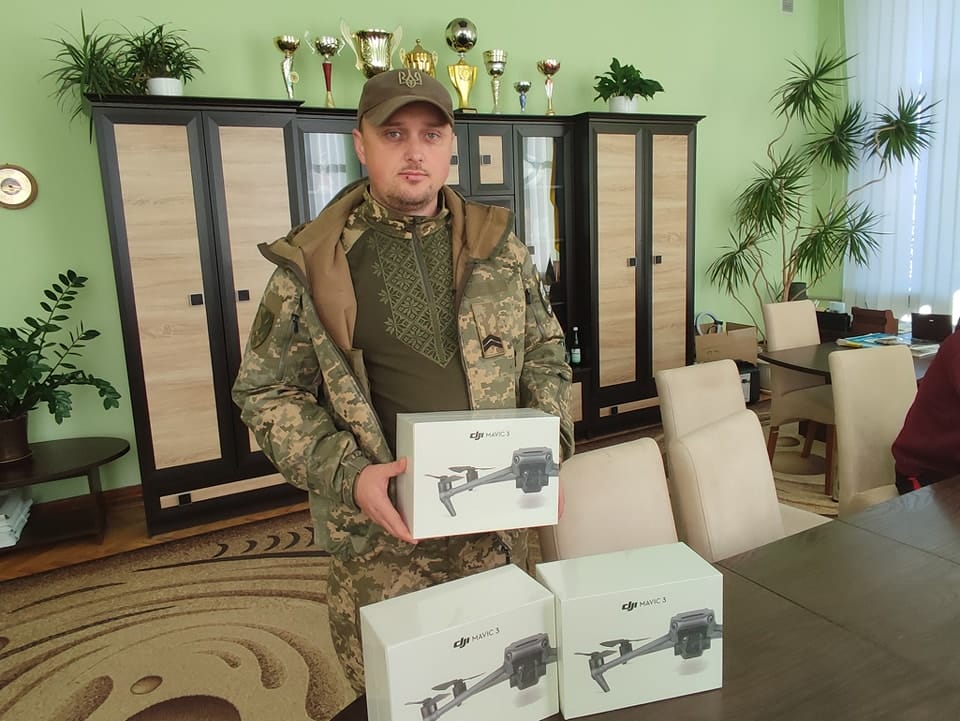
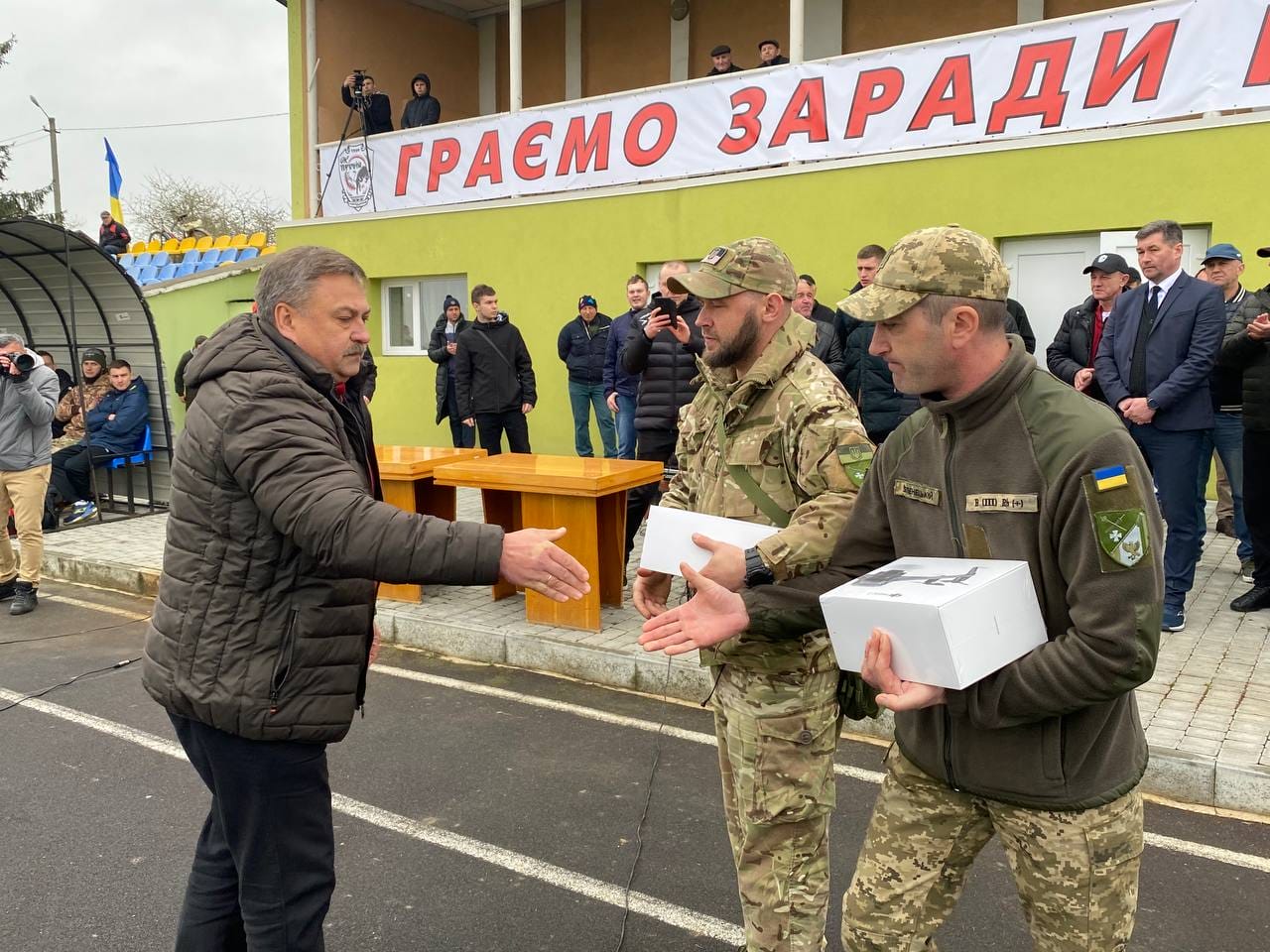



The Horodenka town council helps servicemen and families of the fallen soldiers. They adopted the corresponding Program of support for the families of the fallen, injured participants of the Revolution of Dignity, persons who were part of volunteer formations, participants in hostilities and other citizens who were involved and took a direct part in hostilities, starting since 2014.
A humanitarian headquarters has been operating in the community since the beginning of the full-scale invasion, providing assistance to internally displaced persons passing through and planning to stay in the community. Cooperation with World Central Kitchen, Terra de homme, the “Virni” charitable foundation, Unimos corazones , “SOS-Children’s Towns”, Solidarity Fund PL, the UN Refugee Agency , the “Podilska Perlyna” charity foundation was carried out for the provision of humanitarian aid for about 500-600 families of internally displaced persons living in the Horodenka and Chernelytsia communities.
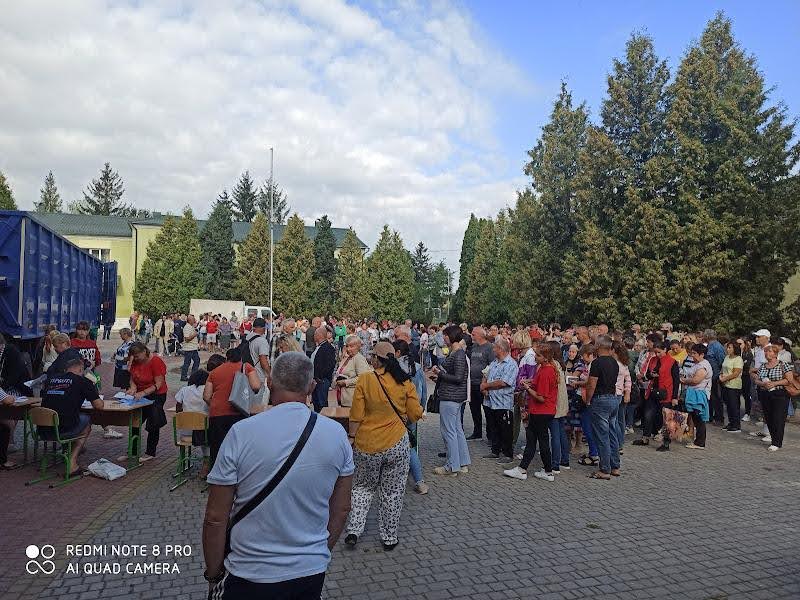

People of the Community
The community is headed by Bohdan Kobylianskyi. During his tenure, the community became a participant in many international forums and meetings. They also signed two memorandums of cooperation with the Polish counties of Brzeg and Sławno.

During the leadership of the mayor, the community managed to implement many useful and important projects. One of them is the opening of the Family and Children Support Center, which is designed to provide timely and high-quality assistance to families who, for one reason or another, have found themselves in difficult living conditions. Social workers and psychologists provide assistance to local children from vulnerable categories and forcibly displaced persons living in the community. The project was implemented thanks to the Charity Foundation “SOS-Children’s Towns”
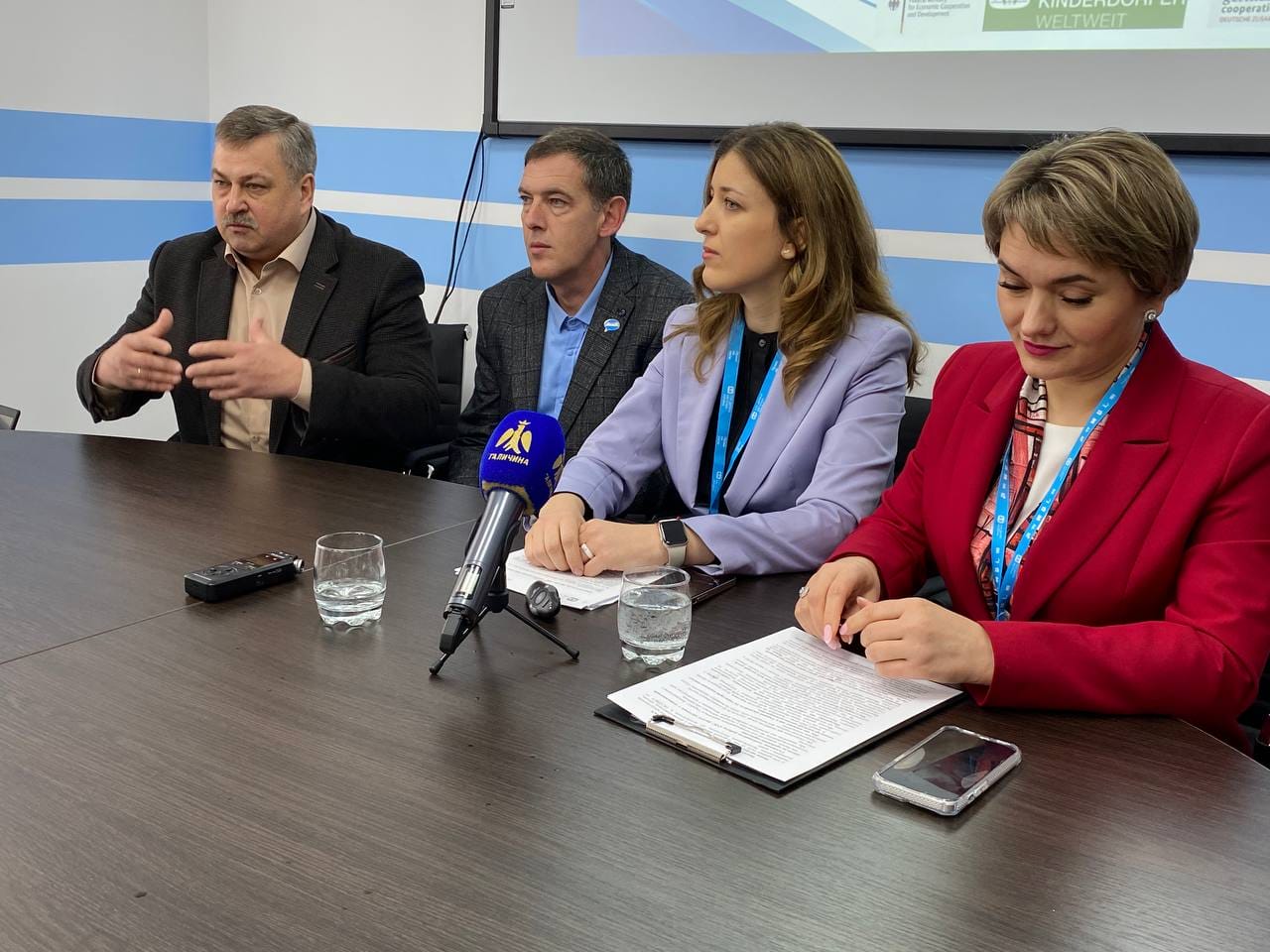
Those who suffered from violence in any of its manifestations will also be able to find temporary shelter there.



Development Strategy
The community approved the Development Strategy of the Horodenka Urban Territorial Community until 2027.
According to the strategic vision of the community’s development, it will become a culturally and economically developed territory with a harmonious combination of technological agro-industrial development and entrepreneurship with a focus on the processing of agricultural products and a tourist and investment attractive region with the unique territory of the Dniester landscape park, a rich historical, cultural and spiritual heritage, a high standard of living, and comfortable and environmentally safe conditions.

For its development, the community constantly implements projects in cooperation with all-Ukrainian and international organizations.
As part of the project entitled “Fire Fighters”. Improvement of Civil Protection in Ukraine at the Local Level”, financed by the Solidarity Fund (Poland), a voluntary fire brigade was formed and assistance in the development of a program to improve local safety and security was provided. The community received equipment and members of the fire brigade received training. The project was completed, but the work with the Fund continued. Last year, the Horodenka community became the winner of the grant program “Micro-grant competition – Ukraine 2023/UA-CP” and implemented 2 projects as a continuation of previous projects. They created a safety class at the Rosokhach Lyceum and improved the material and technical base of the local volunteer fire brigade in the village of Rosokhach.

A mobile case and equipment for an electronic queue were purchased as part of the project “Increasing the level of availability of administrative services for the vulnerable population of the Horodenka community”.
The project entitled “Innovative cultural and tourist route “Pinzel. Return” was implemented in 2021. The web page https://pokuttia.com/ about the community’s architectural landmarks and tourist attractions was developed, audio guides in three languages were created, the route was marked, stands were set up and an online demonstration of Ukrainian traditions and costumes was prepared and conducted.

Bathroom equipment (shower cabin, toilet, mounting systems, boiler, furniture set) was handed over for the shelter in the village of Soroky in cooperation with the Agency for the Development of United Territorial Communities of Prykarpattia within the framework of the project “Strengthening the capacity of local self-government bodies of Prykarpattia to improve living conditions in shelters for internally displaced persons and their accessibility to medical services” with the financial support of the International Renaissance Fund and CARE Deutschland.
As part of a joint project with “SOS-Children’s Towns”, a major repair was carried out in the former premises of a kindergarten and a shelter for internally displaced persons was built in the village of Soroky.

Within the framework of the project “Strengthening the resilience of communities in the regions of Ukraine” (UNDP), modern beehives and equipment for storage and processing of beekeeping products were purchased.

List of Sources
- travels.in.ua/uk-UA/locality
- pokuttia.com/brizy
- pokuttia.com/kostel/
- pokuttia.com/central-church-horodenka/
- pokuttia.com/museum/
- https://perl.in.ua/
- ecoberry.com.ua/
- facebook.com/pokutskaceramics/photos_by
- nubip.edu.ua/node
- mhp.com.ua/uk/filiia-perspektyv-prat-zernoprodukt-mkhp
- nikoline.com.ua/
- facebook.com/bohdan.kobylianskyi/photos_by
- dnzhpl.if.ua/
